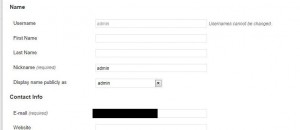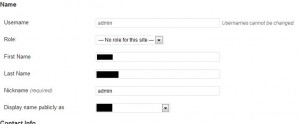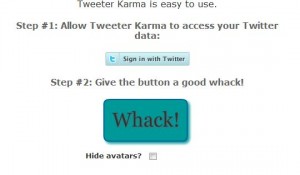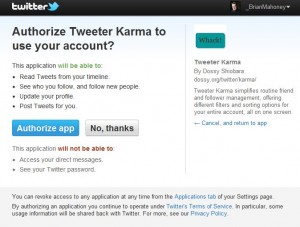With the death of the MagaUpload site, the keyword these days seems to be backup… your own data. I’ve written three posts about how to do that, the first one is HERE, but the point of this post is about security in the cloud, not losing your data. There is ample information online to prevent data loss. If you manage to lose a month’s worth of work, it’s your fault not your computer’s or the loss of some cloud storage site.
The point of this post is cloud security. Here is an example of the what I mean. A couple of years ago, I was sharing some photos with a friend in another country. At that time I was using hotmail and the photo-sharing section of my hotmail account. I had the privacy settings such that only my friend and I could see the photos. A couple of the photos were adult pics, harmless but still of an adult nature. Since my friend and I were the only people who could see them, I thought they were safe from prying eyes. Turns out they weren’t. Hotmail/MSN/Microsoft or whoever, sent me an email complaining about the type of photos I was storing there and requested me to delete them. They were deleted, of course, but that single incident made me very aware of the complete lack of security in the cloud.
A site such as Dropbox tells its users that they encrypt everything that is stored there. I assume that other sites make the same assertions. But do they? How do you know? With the United States in the throes of panic over terror and its associated threat, how do you know that the cloud storage companies are not government backed? The U.S. government, for one and I’m sure there are others, reads every email or text message you send. They also listen in on your cell phone calls and, probably, your landline calls also. If you don’t think they do, check out this PBS ink: http://www.pbs.org/wgbh/nova/military/nsa-police.html and see what you think. America’s Internet connections are split in two. One line is for the public, the other is for the government. Trust me, you’re being watched.
If you accept that private citizens are the subject of government spying, and they are, what’s to be done? Well, if you encrypt your own data before you plunk it up on the cloud, you should be fine. If you can figure out the GNU Privacy software, available here: http://freecode.com/projects/gnupg , then you’re well on your way to keeping your personal data private. Another, easier to use bit of software is Truecrypt which locks up files, folders and complete disks in an extremely secure, password-locked vault.
Look at it this way, if Microsoft knew that I had a few adult photos in a folder on hotmail that was only accessible to myself and one friend, then it follows that none of the cloud storage facilities are safe from prying eyes, no matter what the companies tell us.
As far as losing your data due to a government takeover of a site, there is no excuse for that, as far as I am concerned. If you are too lazy to burn a few DVDs, tough luck. Even backing up your data to an external drive isn’t safe. Learn how to burn DVDs and back up your private data, at least every month if not every couple of weeks. You’ve been warned!
This site has lots of information on backups, security and other Windows-related computer problems and solutions. Make use of it and keep your data safe!
Thanks for reading!






